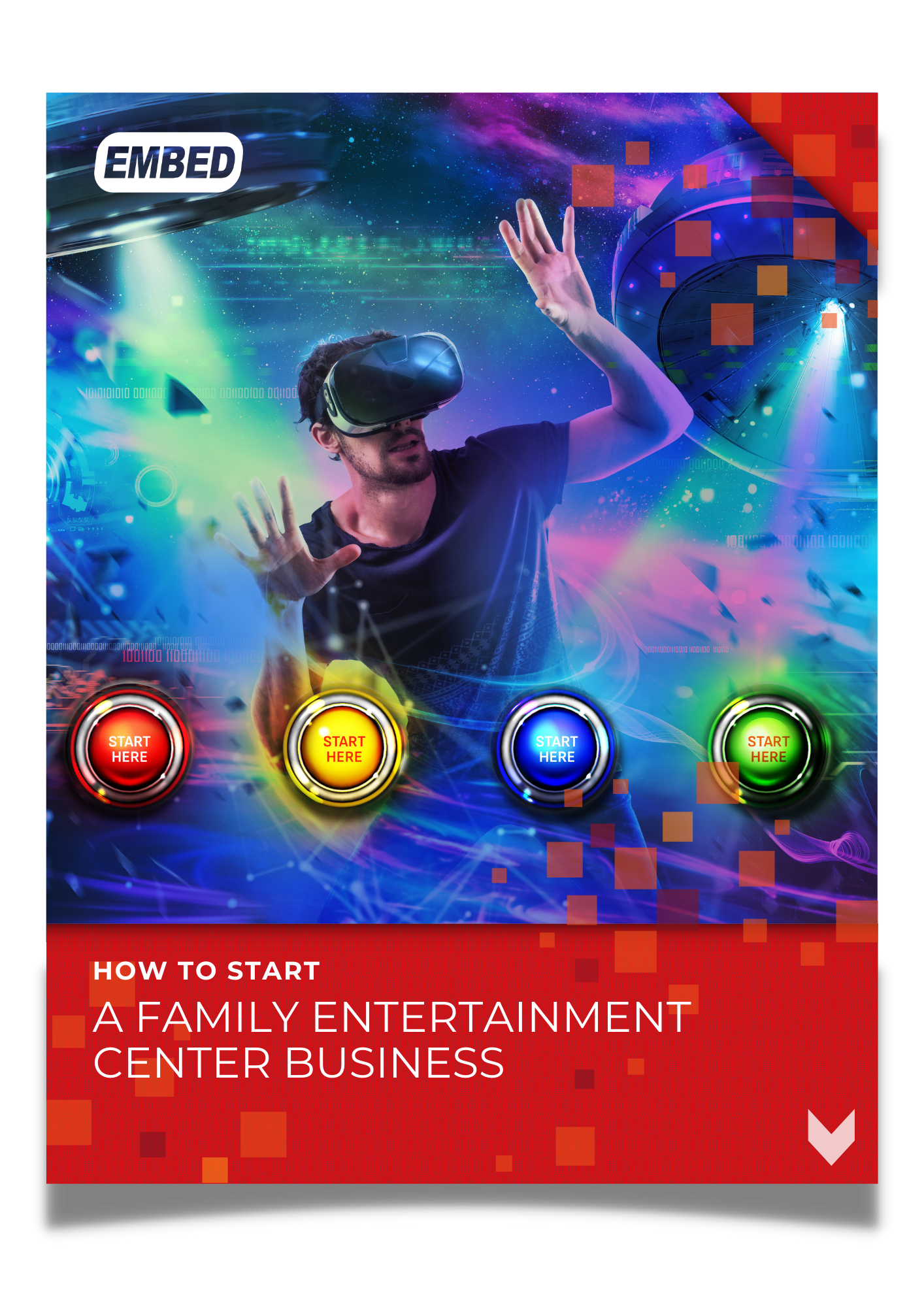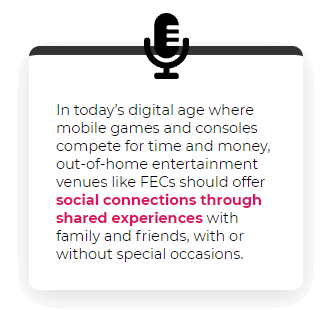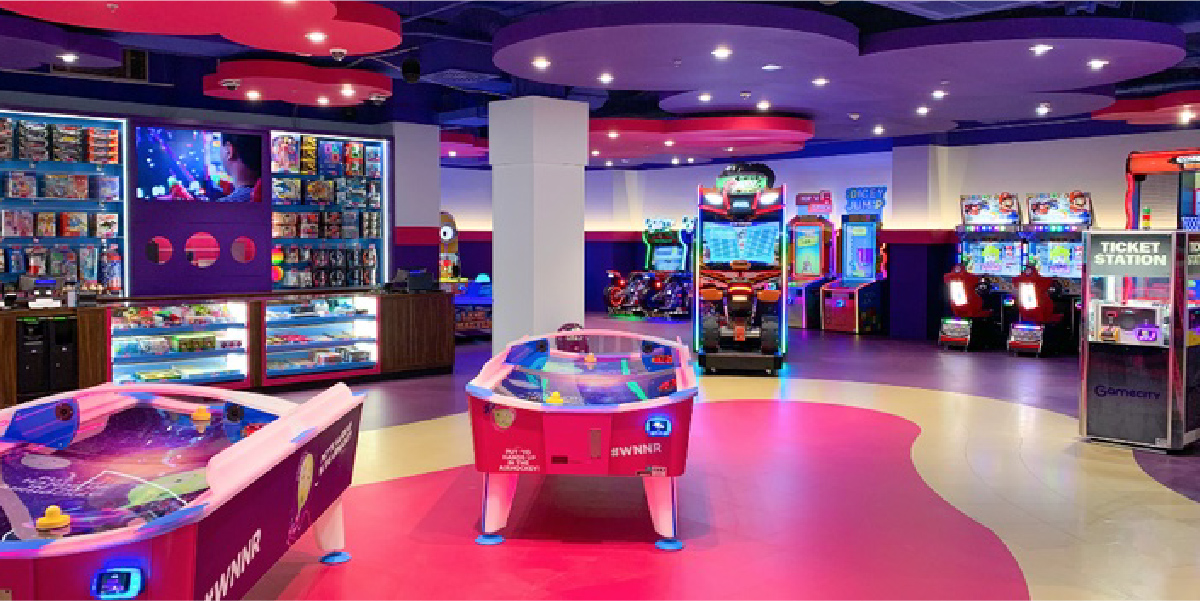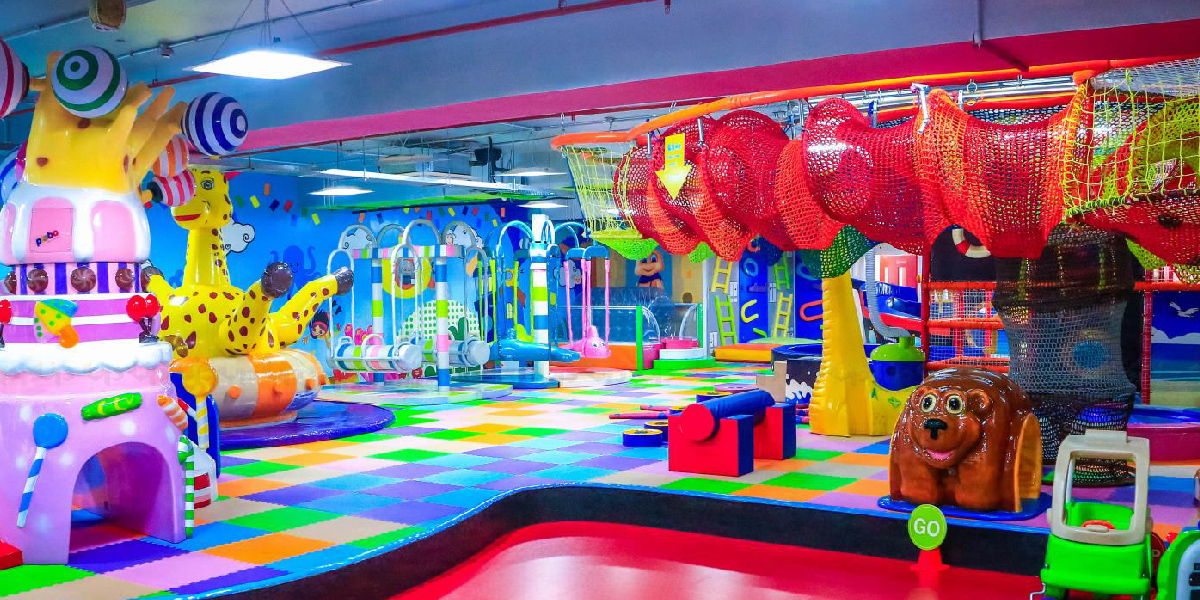The FEC industry has been heavily impacted by advances in technology in a span of years. Advancements in home video game console technology in the 80s caused a great decline in the ‘Golden Age of Arcades,’ resulting to a huge gap in revenue from $8B in 1981 to $2.1B in 1991.
Since then, almost every touchpoint of the business has been automated. Those that fail to jump on the wagon and follow tech trends cease to continue because they have become irrelevant. However, arcades can now be supercharged with hardware solutions that bring even retro games to the digital age.
Technology is considered a business essential in this digital day and age. Consumers will not tolerate a poor guest experience due to a low-tech business. This is why you need to stay up to date if you want consumers coming over, otherwise it will lead to poor customer reviews and negative advocacy.
When used strategically, business operations and management can be conveniently integrated in a way that reduces operating, labor, and maintenance costs. Most of all, the guest experience is enhanced.
Selecting the right hardware and software for your FEC is just as important as picking the best people for the business. With the right combination of hardware and software, these technological business solutions can already stand as your 24/7 employees.
FEC software should collect data, pinpoint problems, and generate results and notifications in real-time to reduce costs while increasing profitability. In short, the software should simplify the backend of the business.
From a customer standpoint, consumers desire seamless, personalized, socially shareable, and convenient tools that keep them immersed in the experience with little to no disruptions. The speed and immediacy of the experience are critical to your success. In the fast-paced world today, guests are intolerant of wasting time waiting in long lines and outdated or no technology to ease transactions that should be seamless.
Depending on the nature of your FEC business, here are some of the hardware and software solutions worth consideration:












